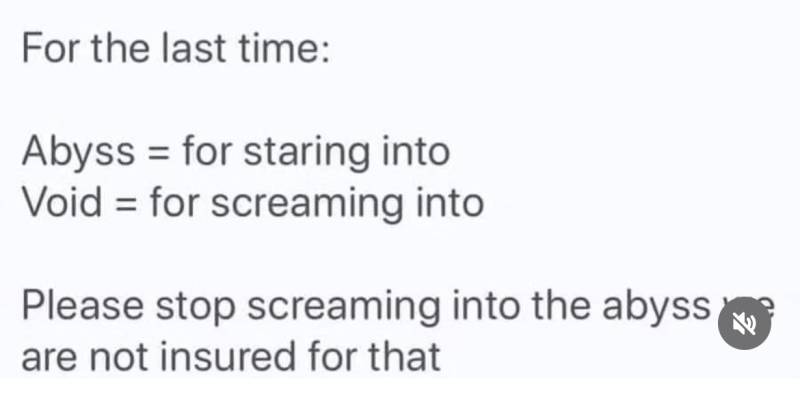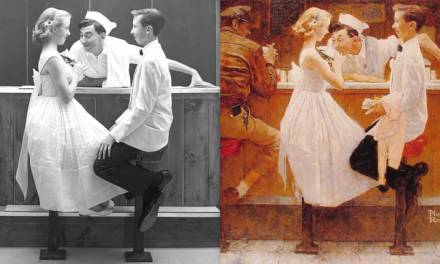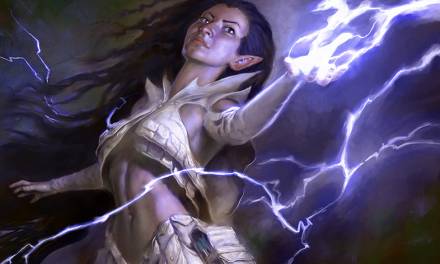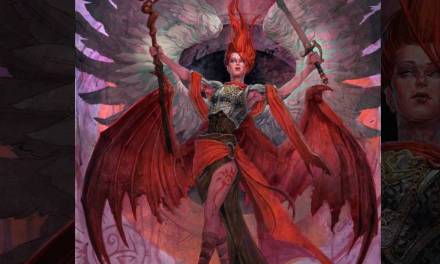It’s graduation season! Over the last few weeks, I visited Ringling College of Art in Sarasota and SCAD (Savannah College of Art and Design) in person to do portfolio reviews and talk about book publishing and the state of the industry. I judged the Senior Illustration Show at SVA (School of Visual Arts). I’ve also done remote reviews for a handful of other schools, including Syracuse University. Here’s some of the top pieces of advice I offered, in response to the most-repeated questions and most needed advice in portfolio reviews. Good for anyone trying to break in (or level up) in the industry. This is more aimed at artists wanting to work through commissions from Art Directors and companies, less so for folks selling direct to consumers, but some applies to both. Links to previous Muddy Colors articles for each!
Your job is 50% making art and 50% getting it in front of the right people.
In other words, you can have the best work in the world, but if no one ever sees it, you won’t get hired. No one is sending postcards anymore. The Cold Email is king. Send out your work 2-4 times a year (depending on how much new work you’re making) and build relationships in people’s inboxes. Meanwhile, go to events if and when you can. Think about where the folks are that you want to have hire you and go there, whether that’s events in person or social media online. A small, slowly-built email list of clients who actually use the kind of work you make is much more effective than a huge list full of clients who are a mismatch. Take your time and research and cultivate those contacts.
How to Cold Email Art Directors
Can you have an Art Career Without Social Media?
How Does an Art Director Pick an Artist?
Your website is not for you. Your website is for other people. Build it from their POV.
Take all your homework and life drawing classwork off your website. Make sure the categories you break your work into make sense for folks coming in to hire you. Think like an Art Director looking to hire an artist — does that artist highlight his best work, or is it buried in between old pieces or pieces that aren’t at the same level? Is there a clear voice/style or is the artist all over the place? Can you find their contact info easily? Can you send your approvers to specific pieces on their site that you want to call to their attention? These are all important factors in judging how professional an artist is. Art Directors need to hire artists that solve their problems, not cause new ones. Show that you understand what an AD does and needs and you gain their trust.
The one thing you can do at any skill level to improve your portfolio is to think about Visual Hierarchy more.
Are you thinking about focal points and eye paths at thumbnail stage? You should be.
Listen to everyone’s advice, but prioritize it.
If you ask someone for feedback, respect them and take it. Ask questions — but don’t argue. Take in feedback from varied experience levels and industries. But make sure you prioritize the advice from folks working in the field you want to work in, as opposed to prioritizing advice from “what you want to hear most” to “what you want to hear least”. For example, if you want to get into Animation, hold the advice from working animators most closely to your heart. Teachers mean well, but their advice can often be out of date, or it can be skewed improperly for artists not working in the same field they did. For example, advice from teachers from a Fine Art background is often to not center the figure in the composition — but that’s absolutely what you should be doing for a book cover illustration. Another example — a lot of teachers tell students not to put fan art in their portfolio, but that’s absolutely critical if you want to work with a lot of big IPs like Marvel and Star Wars.
There is no shame in having non-Art jobs support you.
Sometimes the worst thing you can do is put the pressure of paying rent on it too early. Some folks thrive on that pressure, but most don’t. There are a lot of paths to success. Some folks take a lot of low-paying commissions in the beginning and work their way up the ladder. Some folks prefer to have other jobs while they hone their skills then start out aiming at a higher rung on the industry later when freelancing. Find the path that speaks to your skills and leans away from your weaknesses. And don’t let anyone tell you you’re not a “real” artist — especially not yourself.
Silence doesn’t mean you’re doing it wrong. Keep Screaming into the Void.
And remember, there’s going to be periods — especially early in your career — where it will feel like you’re sending out promo emails, not hearing anything. Working on your portfolio — not making progress. Just keep at it. Everyone has a different timeline. What usually happens is you’ll make a great piece (either for a commission or for yourself) and you’ll send it out and a bunch of ADs will see it’s a level up for you, and all at once, about 2 months after that, you’ll go from no work to way too much work all at once. And then your problem becomes burnout management.
————
Here’s some more random advice I keep getting asked about:
Top 9 Posts I Reference Constantly
Good luck everyone! And if you’d like me to tackle a specific topic I didn’t already list here, then ask in the comments!









Would love to see a “cyber security for artists” guide!
I’ve always known I need to post my art online but as a technophobe I just can’t find actionable advice for once you make an account what do you do to stay safe but also not be an online hermit?
Like “ heres a threat you might not know about, heres how to avoid it”, “checklist before you make your account” or “ hardware and software that work and give me peace of mind.”
My goal is to be an indie artist using socials to show my IP’s but I just can’t find clear, actionable advice on not just posting but posting safely. None of it is common sense and all of it is terrifying to me.
What do you mean by “safety”? Not having people copy your art? Just never upload high-res images.
I want to avoid getting doxxed, hacked or having a digital payment account (like paypal or venmo) suspended. Things I’ve seen artists go through but don’t discuss how they’re going to avoid in the future.
I have art ready to go but I don’t feel comfortable making an account or site by myself. If you were to make a new account and website with the intention of making a living online, what checklist of things would you have before you uploaded pictures or tried to make your first sale?
Thanks for sharing this! This is incredibly useful advice.
Thank you for sharing this! It was wonderful meeting you at SCAD and I look forward to connecting with you again in the future.